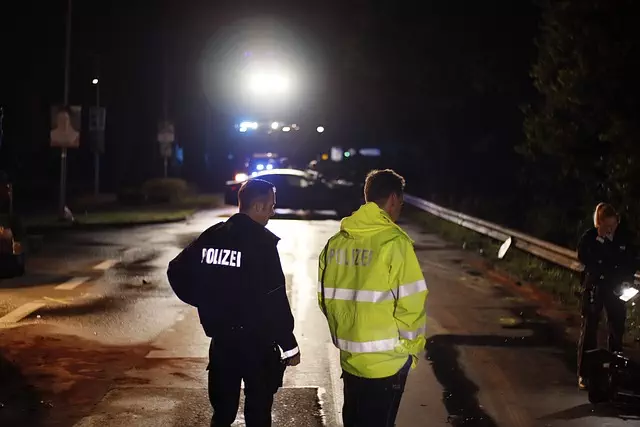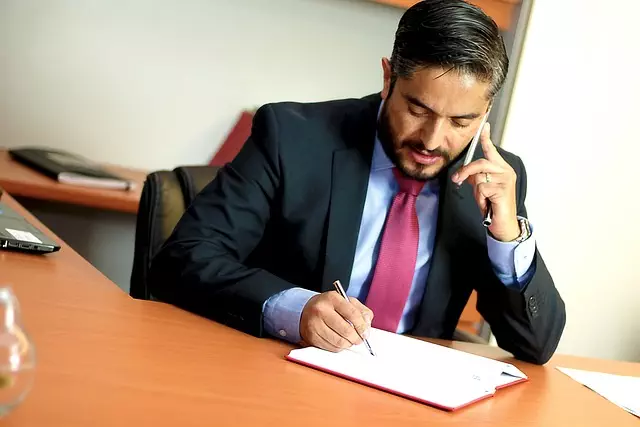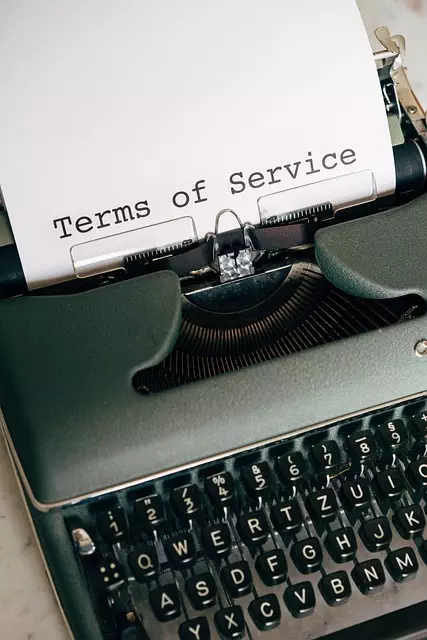In The Bronx, where construction sites and busy streets are prevalent, rideshare safety litigation navigates complex legal and safety issues. New York State laws regarding construction site falls significantly impact cases involving ridesharing accidents. Rideshare companies face heightened scrutiny for driver training, vehicle maintenance, and adherence to safety protocols due to the area's high construction activity. Construction site falls pose unique challenges, with negligence from construction companies, rider actions, and rideshare responsibilities intertwining. Thorough investigations and clear legal frameworks are crucial in determining liability. Both passengers and drivers have rights and recourse; passengers can seek compensation for injuries, while drivers should be aware of their options regarding injuries or property damage. Safety measures like stricter driver screening, vehicle inspections, training, GPS tracking, and enhanced emergency systems have been implemented to reduce accident risks and foster public trust.
In the dynamic landscape of urban mobility, rideshare services have revolutionized transportation in The Bronx. However, as their popularity surges, so do concerns surrounding safety, particularly at construction sites where falls are a leading cause of injuries. This article delves into Rideshare Safety Litigation from a legal perspective, exploring liability, rights, and recourse for passengers and drivers affected by such incidents. We examine regulatory updates and preventive measures aimed at fostering safer ridesharing environments in The Bronx.
- Understanding Rideshare Safety Litigation: A Legal Perspective
- Construction Site Falls: A Leading Cause of Injury in The Bronx
- Examining Liability in Rideshare Accidents involving Construction Sites
- Impact on Passengers and Drivers: Rights and Recourse
- Preventive Measures and Regulatory Updates for Safer Ridesharing
Understanding Rideshare Safety Litigation: A Legal Perspective

Rideshare safety litigation, particularly in high-incident areas like The Bronx, involves a complex interplay of legal and safety considerations. When passengers suffer injuries in accidents involving ridesharing services, understanding the legal framework is crucial. New York State laws, including those pertaining to construction site falls, play a significant role in these cases.
In The Bronx, where construction sites are prevalent, rideshare companies face heightened scrutiny regarding driver training, vehicle maintenance, and adherence to safety protocols. Legal experts argue that these companies have a duty of care to ensure passenger safety, akin to that of a constructor on a building site. This includes proper licensing, vehicle inspection, and response to safety concerns raised by passengers or the community. Rideshare Safety Litigation aims to hold these entities accountable for any negligence that may contribute to accidents, especially in areas with high construction activity.
Construction Site Falls: A Leading Cause of Injury in The Bronx

In The Bronx, construction site falls are a significant concern in rideshare safety litigation due to the high volume of building activities and busy streets. These incidents often result from inadequate safety measures, such as unsecured tools or equipment, uneven surfaces, and poor lighting, posing a substantial risk to both construction workers and nearby rideshare drivers and passengers.
The unique urban landscape of The Bronx, with its labyrinthine construction sites and bustling streets, exacerbates the problem. Rideshare vehicles frequently navigate through these areas, increasing the likelihood of accidents caused by falling debris or construction site hazards. As a result, ensuring proper safety protocols and regular inspections at construction sites is paramount to mitigating risks and protecting all road users in The Bronx.
Examining Liability in Rideshare Accidents involving Construction Sites

In rideshare safety litigation, accidents involving construction sites in The Bronx present unique challenges when examining liability. These incidents often result from a complex interplay between the negligence of construction companies, riders’ actions, and the responsibilities of rideshare companies. Construction site falls are a significant concern, as they can occur due to unsafe working conditions, improper protective gear, or driver distraction near active construction zones.
Rideshare drivers, who are typically independent contractors, may not have the same level of training or oversight as professional construction workers. This can lead to negligence in navigating through construction sites, potentially causing accidents and injuries. In such cases, liability may rest with the rideshare company for failing to screen or train drivers adequately or with the construction site owners for neglecting safety protocols. The specific circumstances of each accident are crucial in determining responsibility, highlighting the need for thorough investigations and clear legal frameworks in The Bronx.
Impact on Passengers and Drivers: Rights and Recourse

Rideshare Safety Litigation has far-reaching implications for both passengers and drivers, with each party having distinct rights and recourse. For passengers, ensuring their safety while in a rideshare vehicle is paramount. This includes protection from accidents, assaults, or any form of harm that may occur during the journey. In cases where a passenger experiences construction site falls or other hazardous incidents in The Bronx or similar urban areas, they have legal avenues to seek compensation for injuries sustained.
Drivers, on the other hand, also face unique challenges. They are responsible for navigating busy streets and ensuring their passengers’ safety but may not always have control over external factors like construction sites that can lead to accidents. In such situations, drivers should be aware of their rights and the potential legal options available to them. This includes seeking compensation for any injuries or property damage they might incur due to unexpected hazards, especially in areas with active construction projects.
Preventive Measures and Regulatory Updates for Safer Ridesharing

Rideshare companies and regulatory bodies have implemented several preventive measures to enhance safety, particularly after high-profile incidents like construction site falls in The Bronx. These include stricter driver screening processes, mandating vehicle inspections, and requiring drivers to complete safety training programs. Advanced technologies such as GPS tracking, real-time ride monitoring, and enhanced emergency response systems have also been integrated into rideshare platforms.
In addition to these initiatives, regulatory updates play a crucial role in ensuring safer ridesharing practices. Governments are updating laws to hold rideshare companies accountable for driver background checks, vehicle safety standards, and reporting of accidents and incidents. These measures aim to create a more transparent and secure environment for both riders and drivers, reducing the risk of accidents and enhancing public trust in the industry.
Rideshare safety litigation in The Bronx highlights critical issues surrounding construction site falls, underscoring the need for enhanced liability frameworks. By examining these cases, we can drive regulatory updates and preventive measures to ensure safer ridesharing experiences, protecting both passengers and drivers from avoidable risks, particularly at active construction sites. Addressing this challenge is vital to fostering a vibrant yet secure transportation landscape in The Bronx and beyond.
